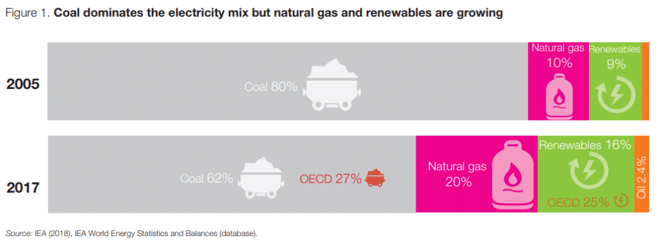Western Australia is Cutting Red Tape on Solar Power Purchase Agreement
The Western Australian Government has announced it is making solar Power Purchase Agreements (PPA) more accessible in the state according to Energy...
2 min read
![]() Solar Trust Centre Team
:
Jan 31, 2019 11:41:51 PM
Solar Trust Centre Team
:
Jan 31, 2019 11:41:51 PM
Yesterday the Organisation for Economic Co-operation and Development (OECD) released an Environmental Performance Review of Australia.
This is the third performance review of Australia from the OECD. So, how did we do? As it turns out, not so well.
According to the OECD, unless Australia moves to a low-carbon model, there’s no chance we’ll meet our 2030 emission goals.
The goal is to reduce greenhouse emissions to 26-28% below 2005 levels by 2030. Yet, we are still reliant on coal for two thirds of our electricity.

The OECD points out a number of problems Australia must face to meet emission goals:
In short, we have a lot of work to do.
Australia has made some progress replacing coal with natural gas and renewables in electricity generation yet remains one of the most carbon-intensive OECD countries and one of the few where greenhouse gas emissions (excluding land use change and forestry) have risen in the past decade. The country will fall short of its 2030 emissions target without a major effort to move to a low-carbon model…
The OECD states a number of recommendations for Australia in their report. These recommendations are copied below. Read the recommendations here:
The report highlights the need for change to Australia’s energy policies and a shift in focus to conservation. While it’s important to remember how much we need to improve, the OECD also released highlights of the report. Here are some of those highlights:
For more information we recommend you read the OECD Environmental Performance Reviews: Australia 2019.
Renew Economy reports good news for South Australia this week. The state government has announced their own Home Battery Scheme. This news follows...
1. Australia could get 90% of electricity from renewables by 2040 with no price increase Rooftop solar is expected to contribute 4 gigawatts of of...